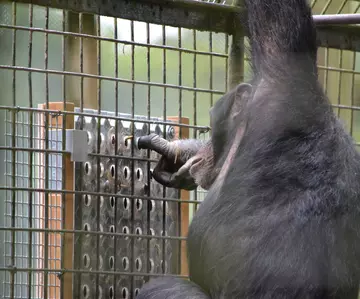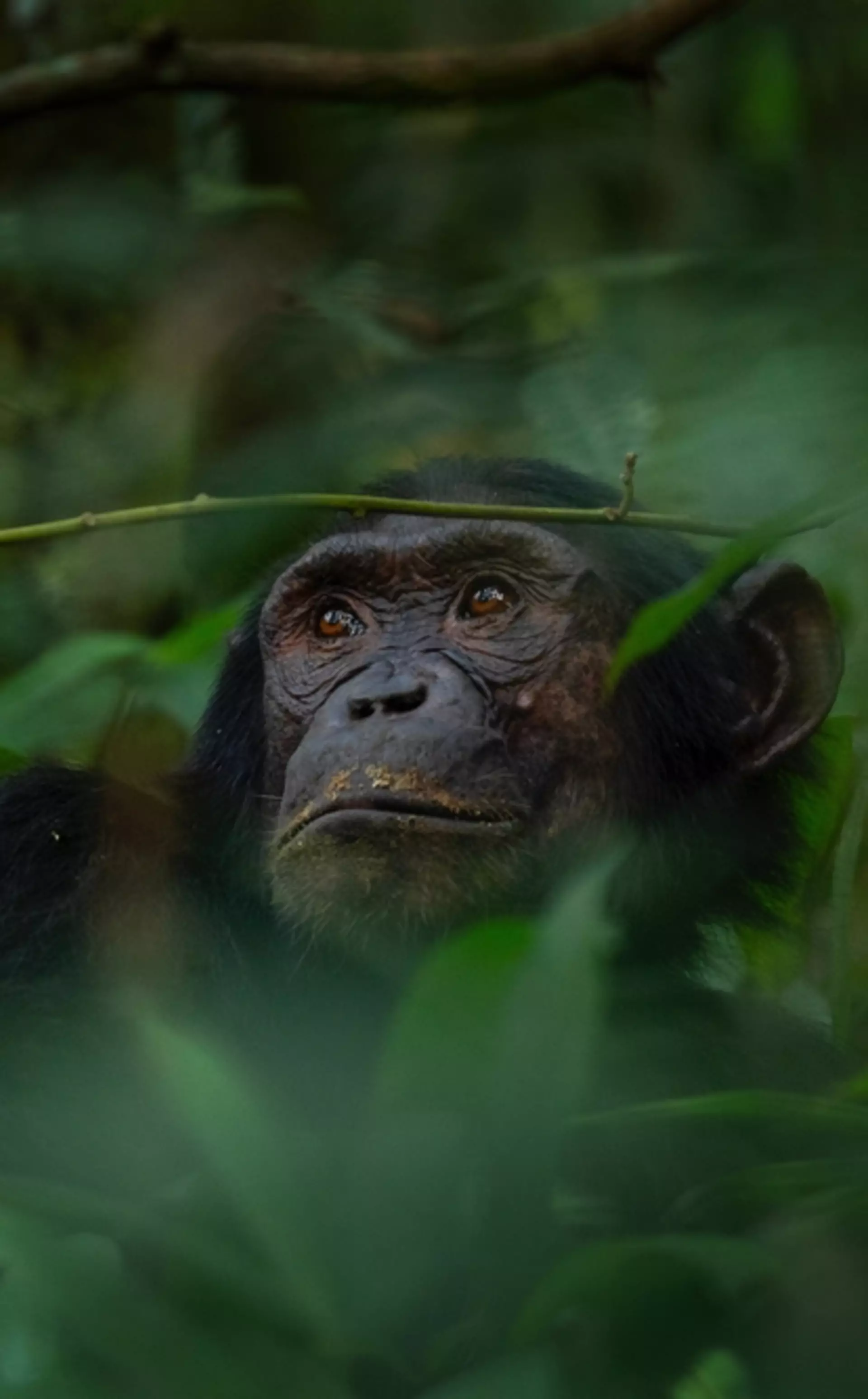
In Animal Behaviour – chimpanzee case study, students will explore how animals learn and communicate with each other. They will discover how ZSL uses the science of animal behaviour data collection to benefit animal welfare at the zoo and will carry out a behaviour study of a member of our chimp troop to understand how this information is useful both to our keepers and those working on the conservation of animals out in the field.
Please note, this workshop takes place outside. Please ensure students wear appropriate clothing and footwear.
| Age: KS4 (14-16 years old) | Duration: 45 mins | Capacity: 35 students | Outdoor workshop |

Intended learning outcomes:
Students will be able to:
- Give examples of animal learning.
- Give examples of animal communication.
- Collect behavioural data.
- Demonstrate the different behaviours that can be assessed.
- Demonstrate how data collected is used to inform changes in the zoo.
Additional resources
- Support your students' learning before, during or after a visit with our online teaching resources.
AQA GCSE Psychology
Language, thought and communication
- Differences between human and animal communication
- Non-verbal communication
- Explanations of non-verbal behaviour
Research methods
- Designing research
- Planning and conducting research
Edexcel GCSE Psychology
10.1 Language, through and communication
- 10.1.3 Understand how communication is different in humans to animals, including: a. Aitchison (1983) criteria of language features b. similarities and differences between humans and animal communication
- 10.1.4 Understand examples of non-verbal communication, including:
- a. facial expressions
- b. eye contact
- c. body language, to include (i) postures (ii) gestures
- d. personal space, to include (i) proxemics (ii) cultural differences in non-verbal communication
- a. facial expressions
